Mulberry trees are an aesthetic addition to your home landscape, and the fruits they produce add joy during harvest. If you plan to plant mulberry trees in your yard, there are things that you need to consider. You might be wondering how big does a mulberry tree grow? Here's what we found.
The average height of matured mulberry trees is 15 meters or 50 feet tall, depending on the tree variety. Mulberry trees grow one to two feet or 30 to 60 centimeters yearly. The canopy spreads up to 12 meters in diameter.
Can you plant it in your yard? Which mulberry tree variant can you grow in your garden? Continue reading the post for further discussion.
How Tall Mulberry Can Get?
The genus Morus has 19 species, and each species' size and characteristics differ from one to another. Some of the species are listed below:
Morus Nigra
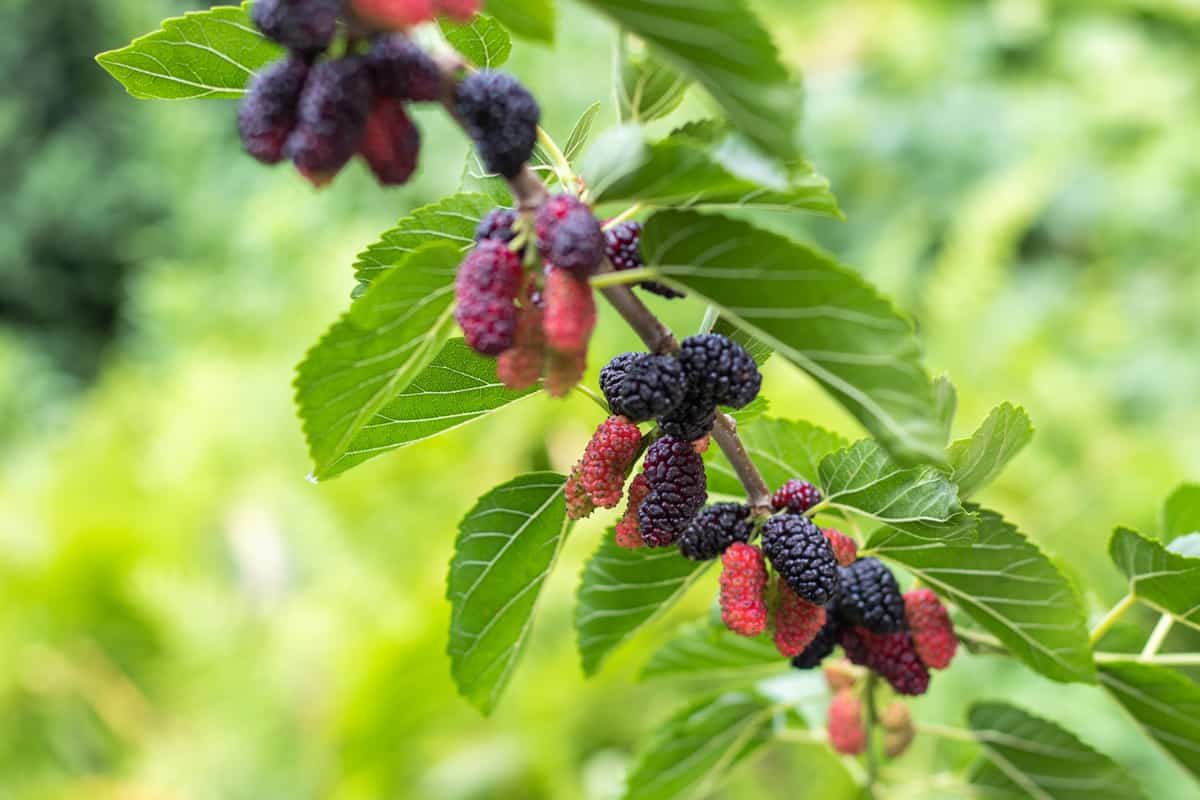
The Black Mulberry or Morus Nigra tree grows 30 centimeters per year and reaches up to 10 meters tall. Morus Nigra is the tiniest common mulberry tree and is usually used as an ornamental, bonsai, or indoor plant.
Morus Alba Fruitless
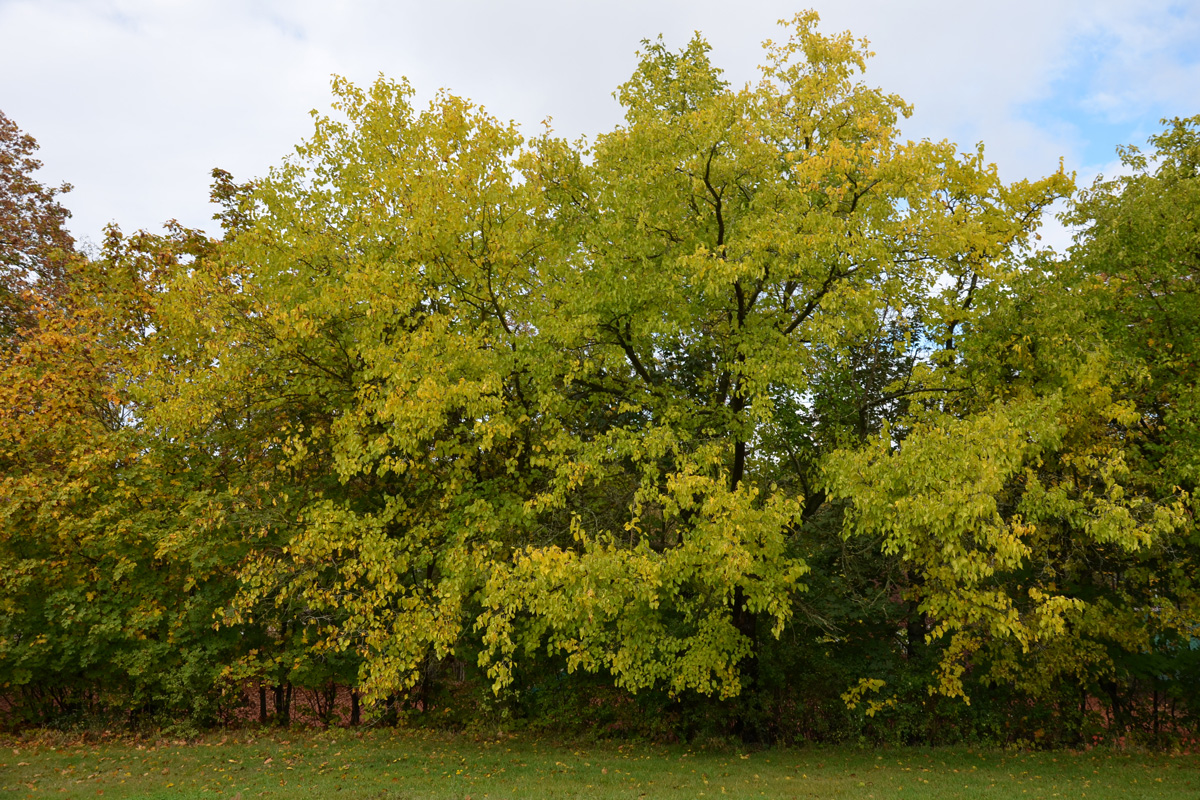
Morus Alba—the fruitless mulberry tree—grows from 20 to 60 feet high, and the canopy reaches 14 meters in diameter. This white mulberry tree is the primary food source of silkworm larvae—the source of ancient textiles of China.
Morus Alba Pendulum
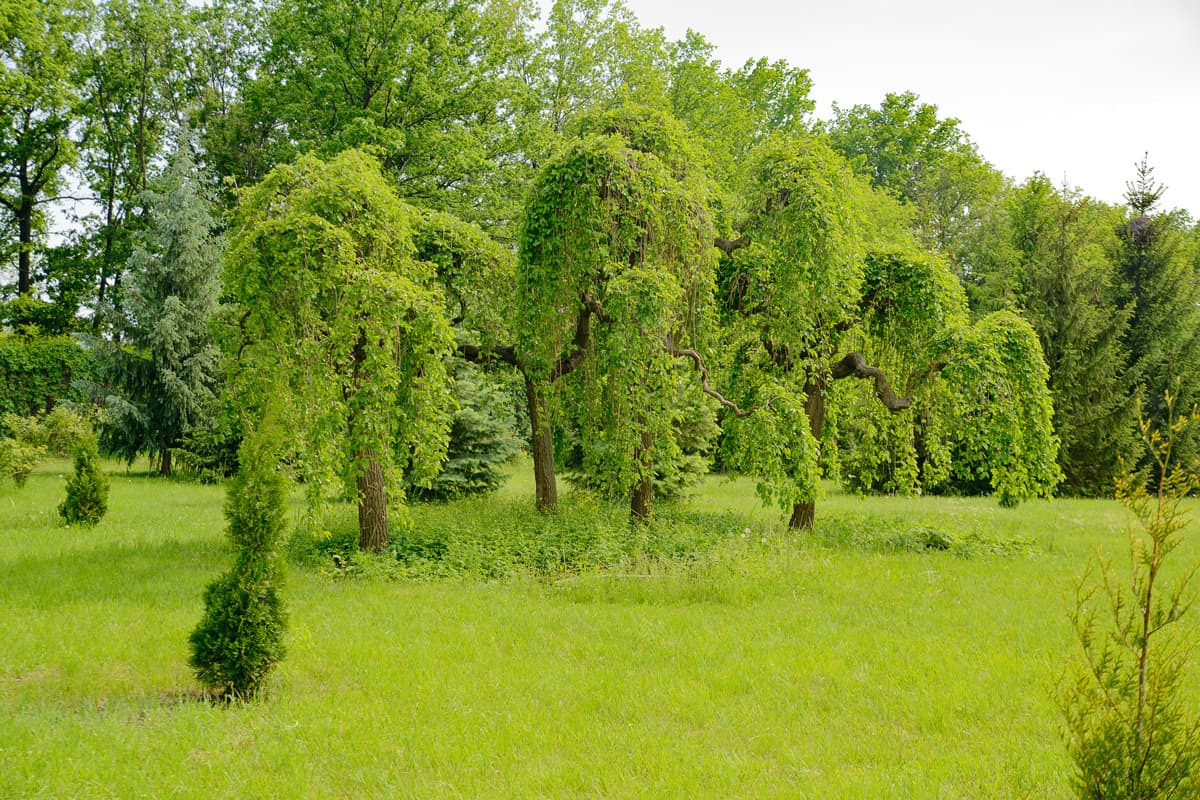
Morus Alba Pendulum or Weeping Mulberry tree is a cultivar. The branches hang down, giving a weepy appearance that resembles the Weeping Willow tree. The tree's height reaches 4 to 6 meters high. The canopy is weeping and broad, and the leaves range from ovoid to heart-shaped.
Morus Mesozygia
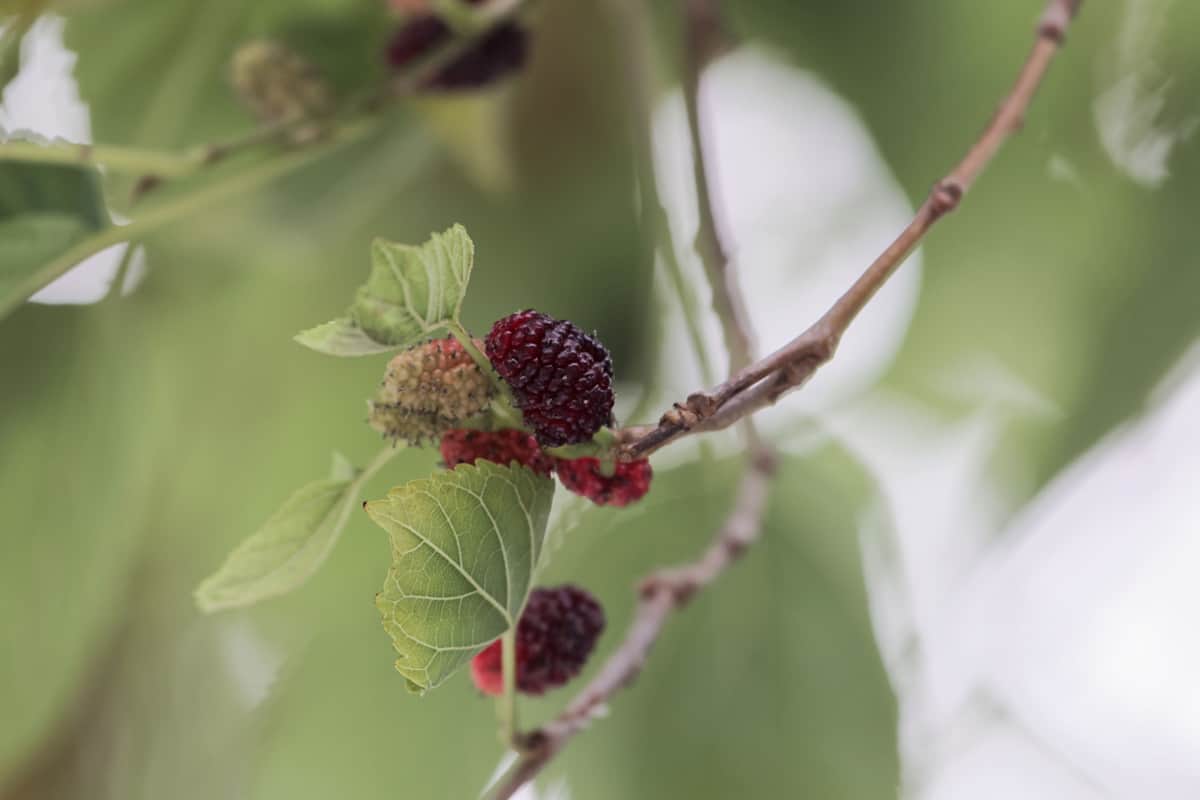
Morus Mesozygia, also known as African Mulberry, is a tropical tree that grows up to 30 meters or 98 feet high. The tree's canopy expands to 25 meters in diameter and has umbrella-shaped. African Mulberry is hardy in zones 10 to 12.
Morus Rubra
Morus Rubra, or the Red Mulberry, is native to the East of America. This tree grows up to 30 feet high with a short trunk, and the canopy is thick and spread out.
Another native of the American mulberry species is Morus Microphylla, also known as Texas Mulberry, a deciduous tree that grows up to 6 meters high. This tree doesn't grow too much height, but it produces sweet fruits. Texas Mulberries are native to the Southwest of America.
Texas Mulberry and Red Mulberry are uncommon because of their habitat's destruction.
Are Mulberry Trees Messy And Invasive?
Mulberry trees are messy, weedy, invasive, and insect prone. Avoid planting this tree near your walkway, porch, deck, driveway, patio, pool, or anywhere that can damage your property. If you have a compact yard with narrow spaces between your neighbors' property, this tree is not for you to grow.
Aside from being invasive, the pollen can cause allergy, and the fruits stain anything they can contact.
What Is the Effective Way To Grow Mulberry Tree?
The most effective way of growing mulberry trees is through grafting, cutting, or layered propagating. Growing from seed will take up to 10 years before it reaches maturity. The mulberry tree that grows from grafting will produce fruits in the first or second year because it has bypassed the development during the juvenile stage.
Another reasonable thing about growing a mulberry tree through cloning is that it will take the nature of the parent tree. If you grow from seeds, you will not know if the tree is female or male. Female trees that cultivate without a male around will produce a lot of seedless fruits, while male trees will not fruit.
Read this post to learn more about propagating a mulberry tree, "How To Propagate A Mulberry Tree?"
Are Mulberry Trees Deer Resistant?
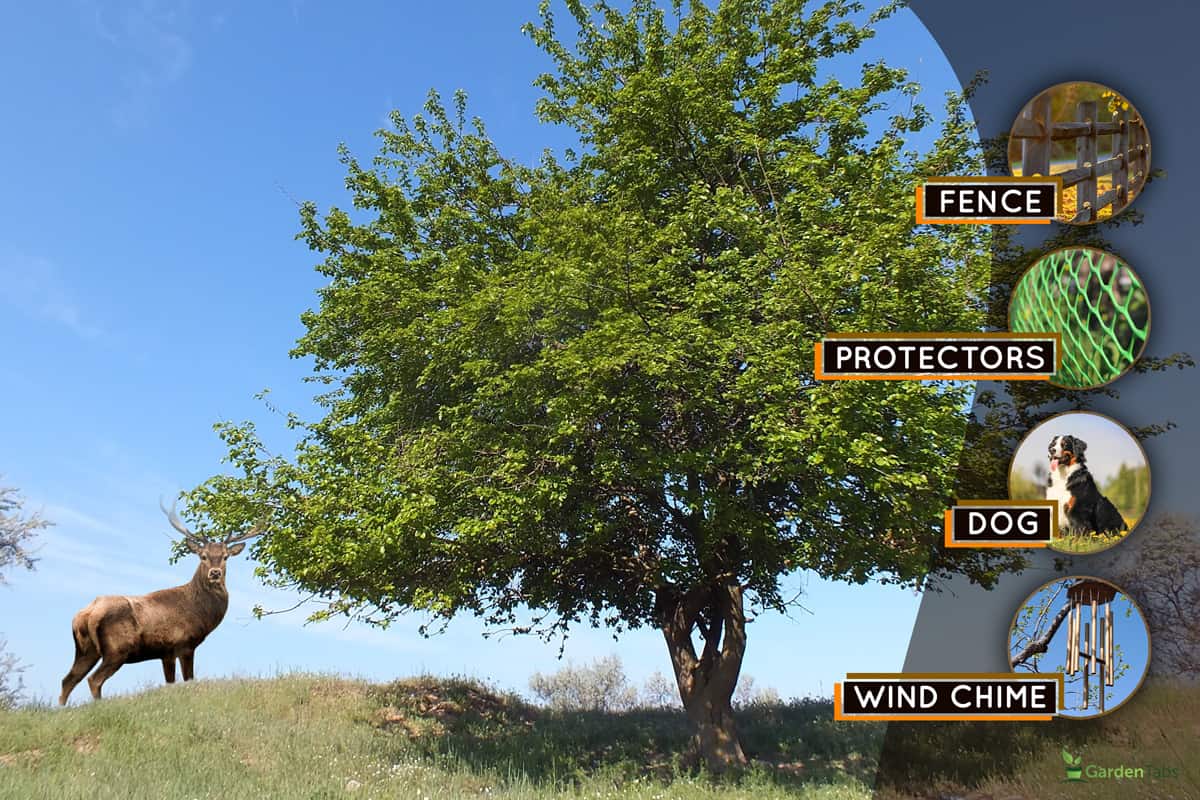
Mulberry twigs and leaves are one of the favorite meals of deer. If you live in an area with deer, you may want to protect your trees from them. Here are some of the things you can do to protect your mulberry trees and other plants:
Fence
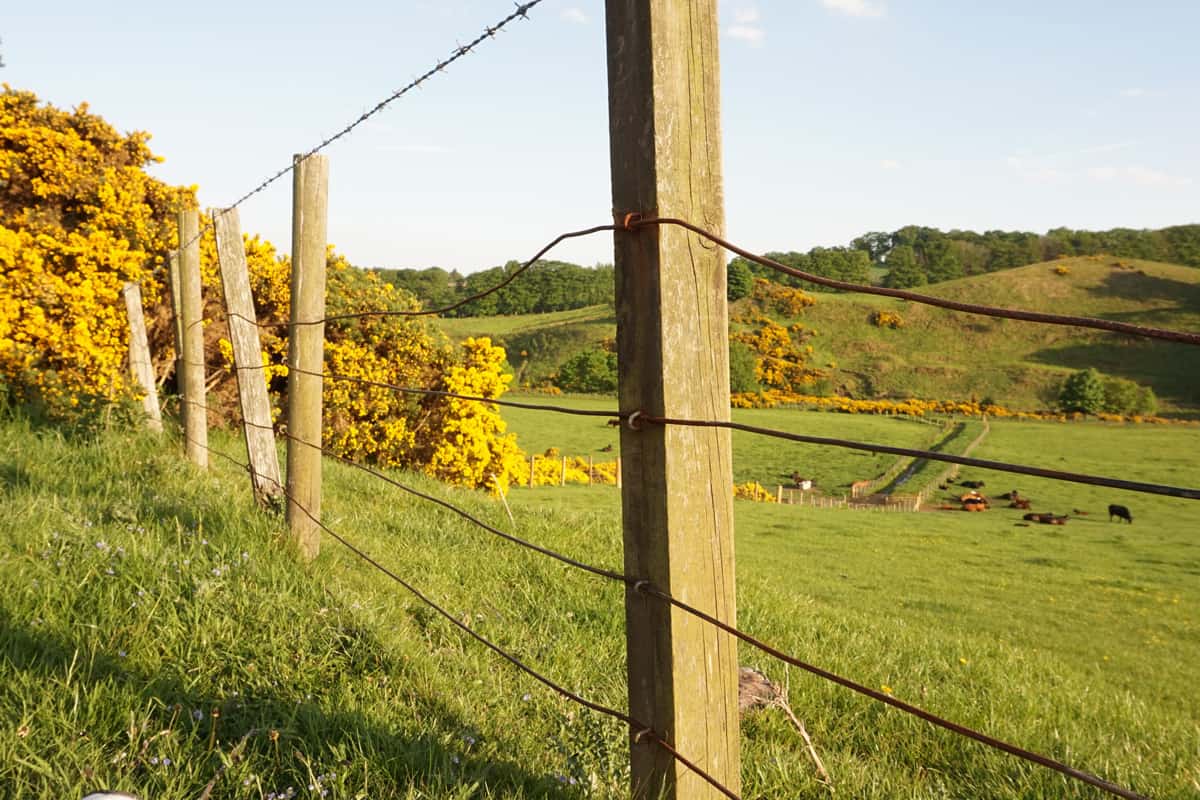
Build a 4 to 8 feet fence post around your mulberry trees and other plants prone to deer attacks. Use a string or fishing line around and loop through the post. You can also install a fence around your yard.
Placing hedges as fences around your garden also helps to keep the deer out. Deer are cautious and won't get into property they can't see.
Protectors
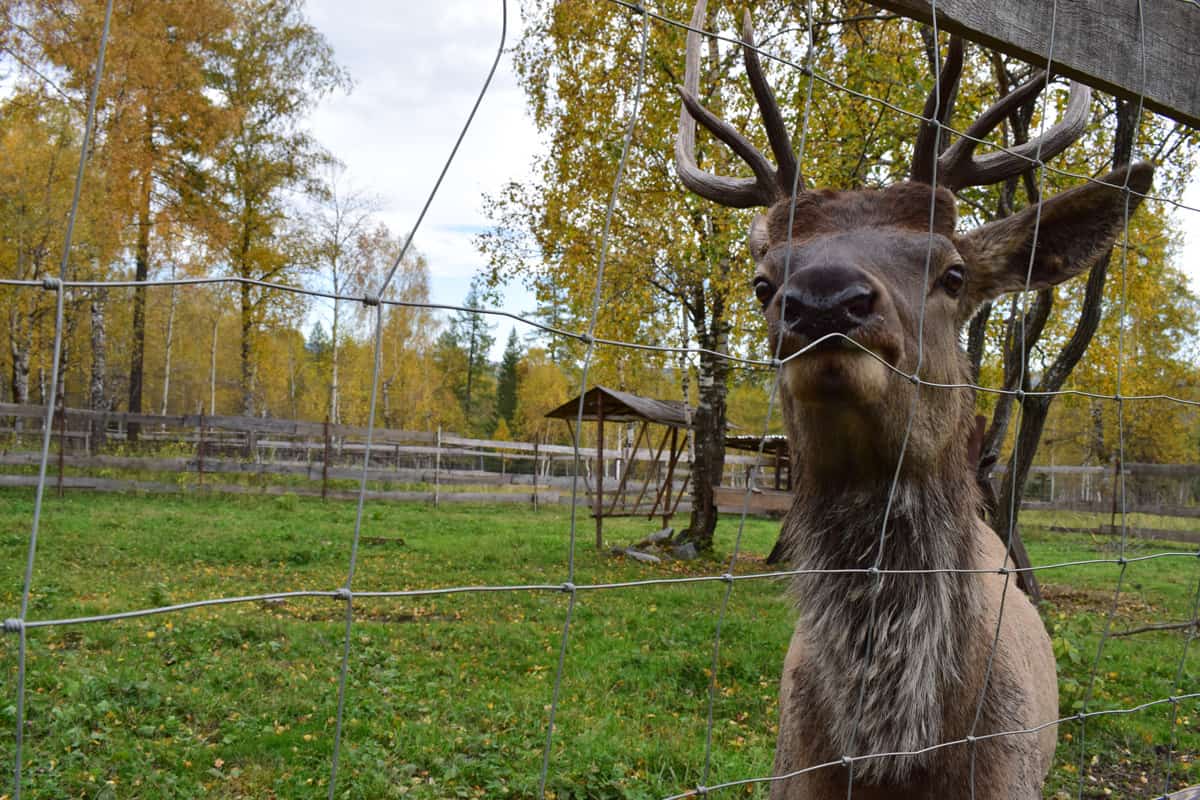
Placing deer nets around trees and plants can help to prevent the deer from coming in.
You can also use deer wrapping to protect your trees. Deer can destroy trees during fall seasons by rubbing their antlers on the tree trunks. A tree trunk protector helps keep the deer and other animals away from the tree.
Click here to check the tree trunk protector on Amazon.
Dog

Another way is to let your dog play in your yard. Dogs mark their territories, and deer will sense that and stay away from your property.
Wind Chime

Place a wind chime in your garden. The wind chime noise may spook the deer, causing them to leave your yard once they hear it. A wind chime is less expensive and economical option.
Planting

Start growing plants, such as onions, garlic, thyme, sage, oregano, leeks, mint, and bee balm. Deer hate these plants because of their pungent odor.
Soaps And Sprays

Spray Irish spring soap around your yard. The soap smells good, but deer hate it. You can also use deer sprays on your plants and trees.
Click here to check deer spray on Amazon.
Electric Devices
Install an electronic deer repellent or a motion sensor sprinkler. These electronic devices can shoo the deer out. The sprinkler will automatically detect a movement, and sprinkled water is the best solution to prevent the deer from reaching your trees. An electronic animal repeller is also helpful in protecting your garden from deer and other animals.
Click here to check the electronic animal repeller on Amazon.
Are Mulberry Trees Illegal?
Planting and selling mulberry trees in some states was banned in the 80s and 90s because of the excessive pollen the trees produce and their invasive roots. Contact the local nursery or co-op in your area to find out if it is legal to plant mulberry trees.
Can You Eat Unripened Mulberry Fruits?
Eating unripe mulberries may cause sickness, diarrhea, and vomiting. Do not eat unripe mulberries to prevent such uncomfortable side effects.
Allow the fruits to go through the process of ripening before eating them. Check if the fruits are soft to the touch and if the colors change.
- Some white mulberries retain their color white when they ripe, and some turn to golden color.
- Red mulberries are ready to eat when the red fruits turn purple or black. The red color means the fruits are unripe.
- Black mulberries do not change their color and appearance as the fruits ripen—this is why it is difficult to determine if the fruits are already ripe. Harvest the fruits until late summer to ensure they are fully riped.
What Are The Effects Of Eating Mulberry Fruits?
There are positive and negative side effects when eating or taking mulberries.
Positive Effects
- Mulberries have flavonoids that provide long-term brain health. Flavonoids also prevent eye-related conditions due to aging.
- The vitamin C in mulberries helps reduce cataracts.
- Mulberries limit oxidative stress.
- The fruits are rich in phenolic acids that help prevent cancer and manage diabetes.
- Mulberries can help in lowering uric acid levels.
Negative Effects
- Mulberry tea suppresses high blood sugar after 90 minutes of consumption. The downside of excessive mulberry intake is the sudden blood glucose drop, which could be dangerous for people with diabetes. Take extra precautions when eating a lot of mulberries.
- Mulberries may also cause nausea, indigestion, and bloating.
- Avoid consuming mulberry leaves if you are already taking medicines to lower uric acid levels to avoid damaging your kidneys.
- Allergic reactions to mulberries are rare, but some people can experience runny noses, sneezing, and watery eyes.
- Unripe mulberries can affect the central nervous system and may induce mild hallucinations.
Summary
Growing mulberry trees in your yard requires planning and organizing because this tree is invasive and needs enough space to prevent damage to your property. Learning what type of mulberry tree can fit your yard is necessary before starting your planting project. We also discussed ways to protect the trees from animal attacks and avoid damage.
Mulberry fruits are beneficial and healthy, so it is a pleasure to harvest them without having to leave your yard.
For further knowledge about mulberry trees, you may read these posts:



